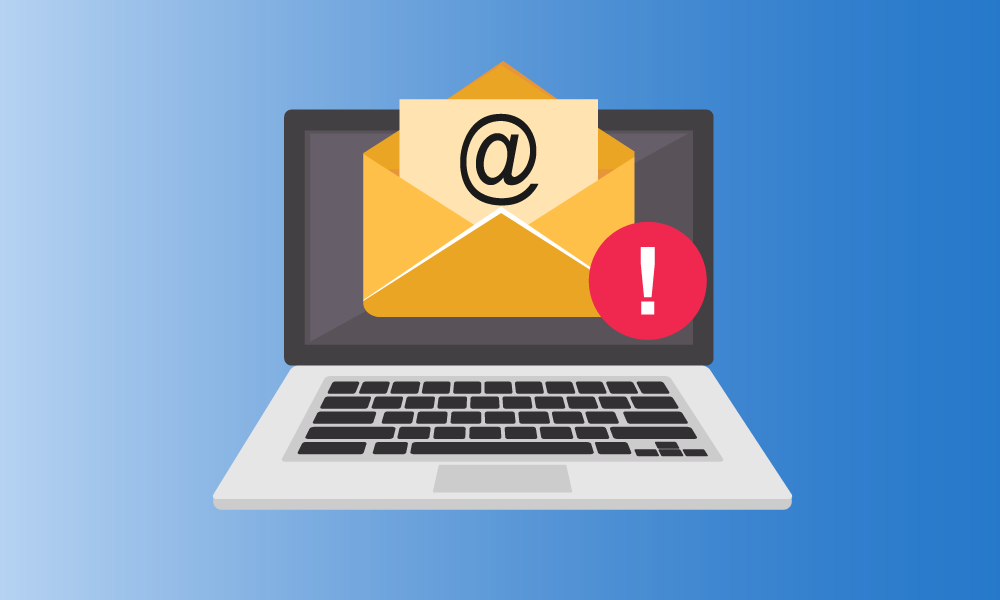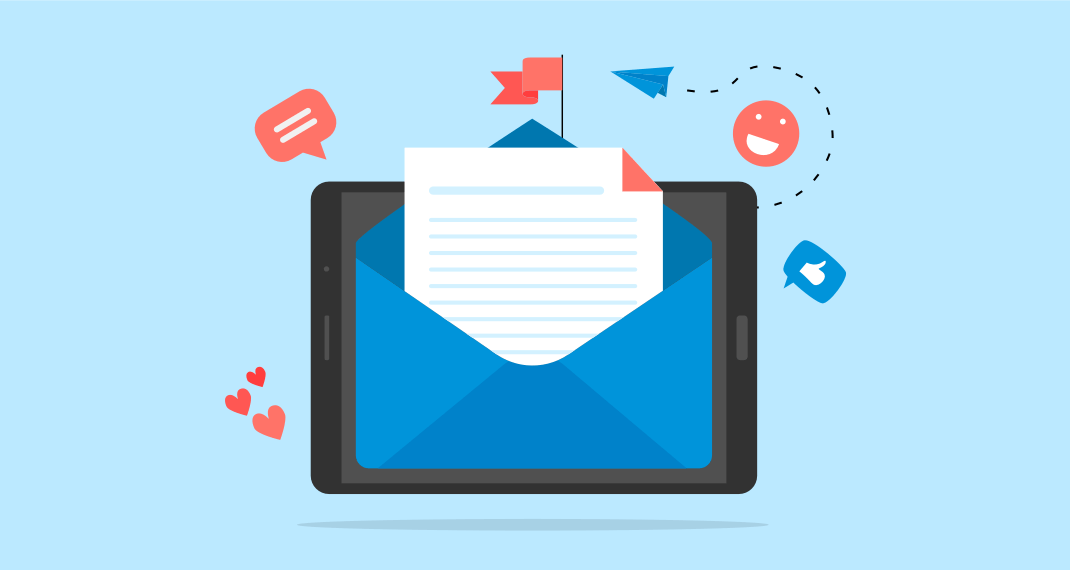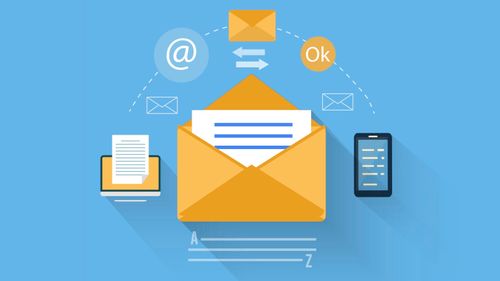Email communication plays a critical role in today's digital age, allowing us to connect with clients, colleagues, and friends instantly. However, there are times when our emails bounce back as undeliverable, leaving us perplexed and frustrated. In this comprehensive guide, we will delve into the world of email bounce backs and undeliverable emails, explore the reasons behind them, and provide effective solutions to ensure your messages reach their intended recipients.
What Are Email Bounce Backs?

When an email fails to reach its intended recipient and is returned to the sender, it is referred to as an email bounce back. Bounce backs typically come with an error message, providing insight into why the email was not delivered. These messages can help identify and resolve the underlying issues causing the delivery failure.
Reasons for Undeliverable Emails

There are several common reasons why emails bounce back as undeliverable:
- 1. Invalid Email Address: One of the most common reasons for undeliverable emails is an invalid or mistyped email address. It could be a simple spelling mistake, an incorrect domain, or a non-existent mailbox.
- 2. Full Mailbox: If the recipient's mailbox is full, new messages will be rejected, resulting in a bounce back.
- 3. Server Issues: Temporary server issues on the recipient's side, such as maintenance or overload, can cause email delivery failures.
- 4. Spam Filters: Aggressive spam filters may classify legitimate emails as spam and prevent them from reaching the recipient's inbox.
- 5. Blacklisting: If the sender's email domain or IP address is blacklisted by the recipient's email service provider, emails from that domain will be blocked.
Effective Solutions for Undeliverable Emails

To overcome the challenges of undeliverable emails, consider implementing the following solutions:
- 1. Double-Check Recipient Email Addresses: Ensure that you enter the recipient's email address correctly, paying close attention to spelling and domain names. Even a small typo can cause an email to bounce back.
- 2. Monitor and Cleanse Your Email List: Regularly review and update your email list, removing invalid or inactive email addresses. Using an email list validation service can help ensure the accuracy of your contact database.
- 3. Improve Email Deliverability: Follow email best practices, such as avoiding spammy content, using proper formatting, and personalizing your messages. Additionally, consider using a reputable email service provider to enhance deliverability.
- 4. Communicate with Recipients: If you suspect that your emails are being blocked or filtered, reach out to the recipients and ask them to whitelist your email address or domain.
Frequently Asked Questions
Q1: Why are my emails bouncing back?
Emails can bounce back for various reasons, including invalid email addresses, full mailboxes, server issues, spam filters, and blacklisting. Each bounce back typically comes with an error message providing specific details.
Q2: How can I prevent my emails from bouncing back?
To prevent email bounce backs, ensure the accuracy of recipient email addresses, regularly clean your email list, follow best practices for email deliverability, and communicate with recipients to resolve any filtering or blocking issues.
Q3: Can bounced emails be resent?
In some cases, you can resend bounced emails after addressing the underlying issue. However, it's essential to evaluate the bounce back reason and take appropriate action before resending.
Q4: Is there a way to automate the detection of undeliverable emails?
Yes, there are email delivery monitoring tools available that can automatically detect and alert you about undeliverable emails, enabling you to take prompt action and ensure successful delivery.
By understanding the reasons behind email bounce backs and implementing effective solutions, you can improve your email deliverability and ensure that your messages reach their intended recipients. Take proactive steps to address undeliverable emails, enhance your communication, and achieve better results in your email outreach.



